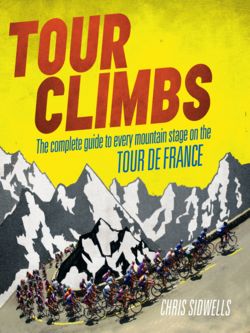Читать книгу Tour Climbs: The complete guide to every mountain stage on the Tour de France - Chris Sidwells - Страница 7
The race takes shape
ОглавлениеBut the more Desgrange thought about it, the more he liked it. Split the distance down into stages, and soon the race began to seem possible. So, on 1st July 1903, at the Café du Réveil du Matin in the village of Montgeron, which is now a suburb of Paris, the Tour de France was born.
Sixty men, some of them full-time professionals but most self-financed amateurs, lined up to ride the first stage of 467 kilometres from Paris to Lyon. Strong of arm and leg, sound of body, men with tough minds and even tougher handlebar moustaches, these modern-day knights of the road pedalled their heavy machines into history.
The Eagle of Toledo, Frederico Bahamontes © Universal/TempSport/Corbis
A Parisian chimney sweep called Maurice Garin won the first Tour de France. It was 2428 kilometres long and split into six stages. Paris to Lyon, Lyon to Marseille, Marseille to Toulouse then on to Bordeaux, Nantes and back to Paris. Garin’s prize was 6125 gold francs, and his victory margin over second place Louis Pothier was getting on for three hours. Interest in the race was huge, France had fallen for the Tour
The race has changed a lot since 1903, but its basic template was laid down in that first edition. No matter how many stages there are, or how many a rider wins, the Tour de France winner is the man who completes the whole route in the least time. So it’s possible to win the race without winning a single stage. And it’s been done, although not very often. The only thing that was missing from the first event really was the mountains. But once the organisers saw that racing around France was possible, they decided to make it harder. And to do that they headed for the hills.
